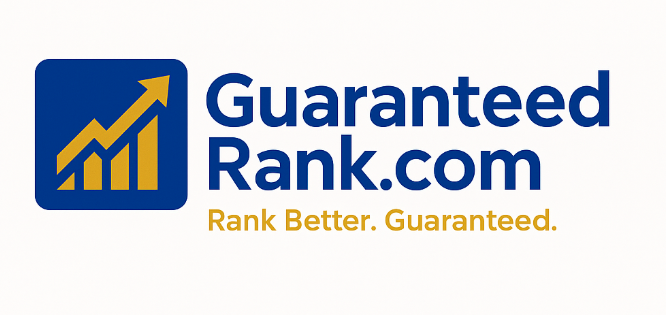Improving your website's loading speed is crucial for providing a better user experience and boosting SEO rankings. Here are several effective strategies to enhance your site's loading performance:
1. Optimize Images
- Compress images: Use tools like TinyPNG or ImageOptim to reduce file sizes without losing quality.
- Use modern image formats: Consider switching to formats like WebP, which provide better compression compared to older formats like PNG or JPEG.
- Lazy loading: Implement lazy loading so that images are loaded only when they are about to enter the viewport (visible part of the page).
2. Minimize HTTP Requests
- Reduce the number of elements on a page: Fewer images, scripts, and stylesheets mean fewer HTTP requests.
- Combine files: Where possible, combine CSS and JavaScript files to reduce the number of requests.
- Use sprites: Combine multiple images into a single image sprite, reducing the number of image requests.
3. Leverage Browser Caching
- Set cache headers: Configure caching for static assets like images, CSS, and JavaScript files. Use long expiration times (e.g., a year for images, shorter for scripts) to ensure assets are cached in users' browsers.
- Cache resources effectively: Use the
Cache-Control and Expires headers for your assets, ensuring they aren't reloaded unnecessarily.
Cache-Control and Expires headers for your assets, ensuring they aren't reloaded unnecessarily.4. Enable Compression
- Gzip or Brotli: Use server-side compression like Gzip or Brotli to reduce the size of your CSS, JavaScript, and HTML files. Most modern browsers support these formats.
- Minify resources: Minify HTML, CSS, and JavaScript files to remove unnecessary whitespace, comments, and other non-essential elements. Tools like Terser or CSSNano can help.
5. Use a Content Delivery Network (CDN)
- Distribute content: Use a CDN to distribute your content across multiple servers around the world. This reduces latency and ensures faster load times, especially for international visitors.
- Cloudflare, AWS CloudFront: Popular CDNs that provide reliable and fast global distribution.
6. Optimize JavaScript
- Defer non-essential JavaScript: Use the
defer attribute in your <script> tags to delay the execution of non-essential JavaScript until the page content is loaded.
- Asynchronous loading: For scripts that don't impact the initial rendering, use the
async attribute to load them asynchronously.
- Reduce JavaScript execution time: Audit your JavaScript for heavy operations and refactor them to improve efficiency.
defer attribute in your <script> tags to delay the execution of non-essential JavaScript until the page content is loaded.async attribute to load them asynchronously.7. Reduce Server Response Time
- Upgrade hosting: If your server is slow, consider upgrading your hosting plan or moving to a better provider (e.g., from shared hosting to VPS or dedicated hosting).
- Database optimization: Optimize your database queries and use indexing to speed up dynamic content generation. Tools like Query Monitor (for WordPress) can help identify slow queries.
8. Minimize and Optimize CSS
9. Use HTTP/2 or HTTP/3
- Enable HTTP/2: Most modern browsers support HTTP/2, which allows multiple requests to be sent simultaneously over a single connection. This significantly improves performance compared to HTTP/1.1.
- Consider HTTP/3: HTTP/3, based on QUIC, further reduces latency, especially for users on mobile networks.
10. Optimize Web Fonts
- Limit font styles: Reduce the number of font families and weights used on the page.
- Use font-display: swap: This CSS property ensures that text is displayed with a fallback font until the custom font is fully loaded.
- Preload fonts: Use
<link rel="preload"> for critical fonts to load them faster.
<link rel="preload"> for critical fonts to load them faster.11. Optimize Your Web Hosting Environment
- Use the latest PHP version: Ensure your site is using the most recent, stable version of PHP for faster performance (if you're using a CMS like WordPress).
- Optimize server settings: Ensure your server has the necessary settings for fast loading, such as optimized database configurations, caching solutions, etc.
12. Test and Monitor Performance
- Use tools like Google PageSpeed Insights, GTmetrix, or Lighthouse: These tools can help you identify areas for improvement and measure the impact of changes.
- Monitor regularly: Keep track of loading speeds over time and watch out for any regressions after updates.
13. Prioritize Above-the-Fold Content
- Critical CSS: Inline the CSS necessary to render the above-the-fold content (the part of the page visible to the user without scrolling) to speed up perceived loading time.
- Preload key resources: Preload the most critical resources (such as above-the-fold images, fonts, and CSS) to ensure they load quickly.
By following these steps, you can significantly improve your website's loading speed, leading to better user experiences and improved SEO performance.











0 Comments